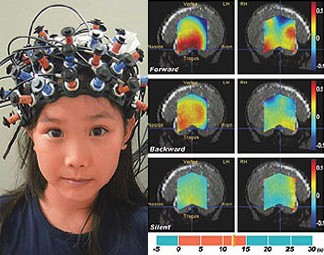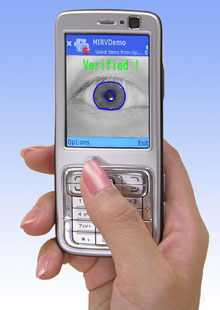 Researchers from the University of Tokyo, Oita University, the Shimane Institute of Health Science and Delta Tooling, an industrial equipment manufacturer, have developed a prototype smart car seat capable of detecting when its occupant is on the verge of falling asleep. The seat was unveiled at a symposium held at the University of Tokyo on February 5.
Researchers from the University of Tokyo, Oita University, the Shimane Institute of Health Science and Delta Tooling, an industrial equipment manufacturer, have developed a prototype smart car seat capable of detecting when its occupant is on the verge of falling asleep. The seat was unveiled at a symposium held at the University of Tokyo on February 5.
The researchers began by studying the physiological signs of 100 sleepy subjects, focusing particularly on the changes in pulse and respiration that occur 10 minutes before falling asleep. They then developed a system of sensors that could both detect these changes and be embedded in the seat.
The seat is equipped with a pair of pulse-monitoring pressure sensors in the seat-back and a set of respiration-monitoring sensors underneath. The researchers successfully tested the system in a variety of simulated and actual driving conditions, and they claim it works effectively even when the driver is bundled in layers of clothing.
Previous drowsiness prediction systems that rely on physiological data require the subject to attach electrodes or other hardware to his or her body. And since these systems tend to be bulky, they have not seen widespread use in automobiles. However, unlike previous systems, this newly developed smart car seat does not require the driver to wear any special hardware -- it can detect drowsiness as long as the driver remains in the seat.
Though the seat can sense when the driver is sleepy, it is not yet equipped to respond. The next step will be to outfit the seat with an alarm function that is automatically activated when its occupant becomes drowsy. The researchers hope to make the smart seat commercially available in 5 years.
[Sources: Asahi, Yomiuri, University of Tokyo press release (PDF)]

 Robot manufacturer
Robot manufacturer 

 SGI, which recently became Segway's official distributor in Japan, is also developing a function that enables RoomRender to control the two-wheeled transportation devices. In the future, RoomRender will be able to send a Segway to an occupant that asks for it, and it will return a Segway to its battery charger when the power starts running low.
SGI, which recently became Segway's official distributor in Japan, is also developing a function that enables RoomRender to control the two-wheeled transportation devices. In the future, RoomRender will be able to send a Segway to an occupant that asks for it, and it will return a Segway to its battery charger when the power starts running low.  On November 27, Sohgo Security Services (
On November 27, Sohgo Security Services ( Hitachi has successfully tested a brain-machine interface that allows users to turn power switches on and off with their mind. Relying on
Hitachi has successfully tested a brain-machine interface that allows users to turn power switches on and off with their mind. Relying on  On November 6,
On November 6,  On November 6,
On November 6,  A new project to develop "unmanned hotels" in Japan may soon eliminate the burdensome task of checking in at the front desk. A consortium of five companies, including the trading company
A new project to develop "unmanned hotels" in Japan may soon eliminate the burdensome task of checking in at the front desk. A consortium of five companies, including the trading company